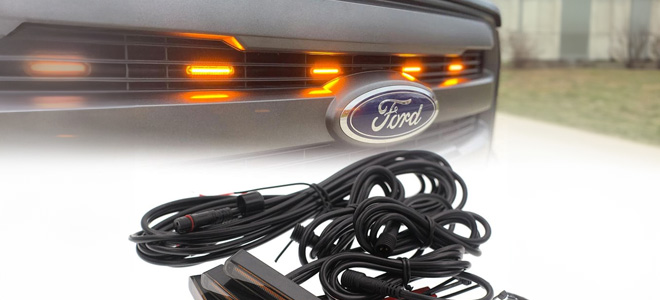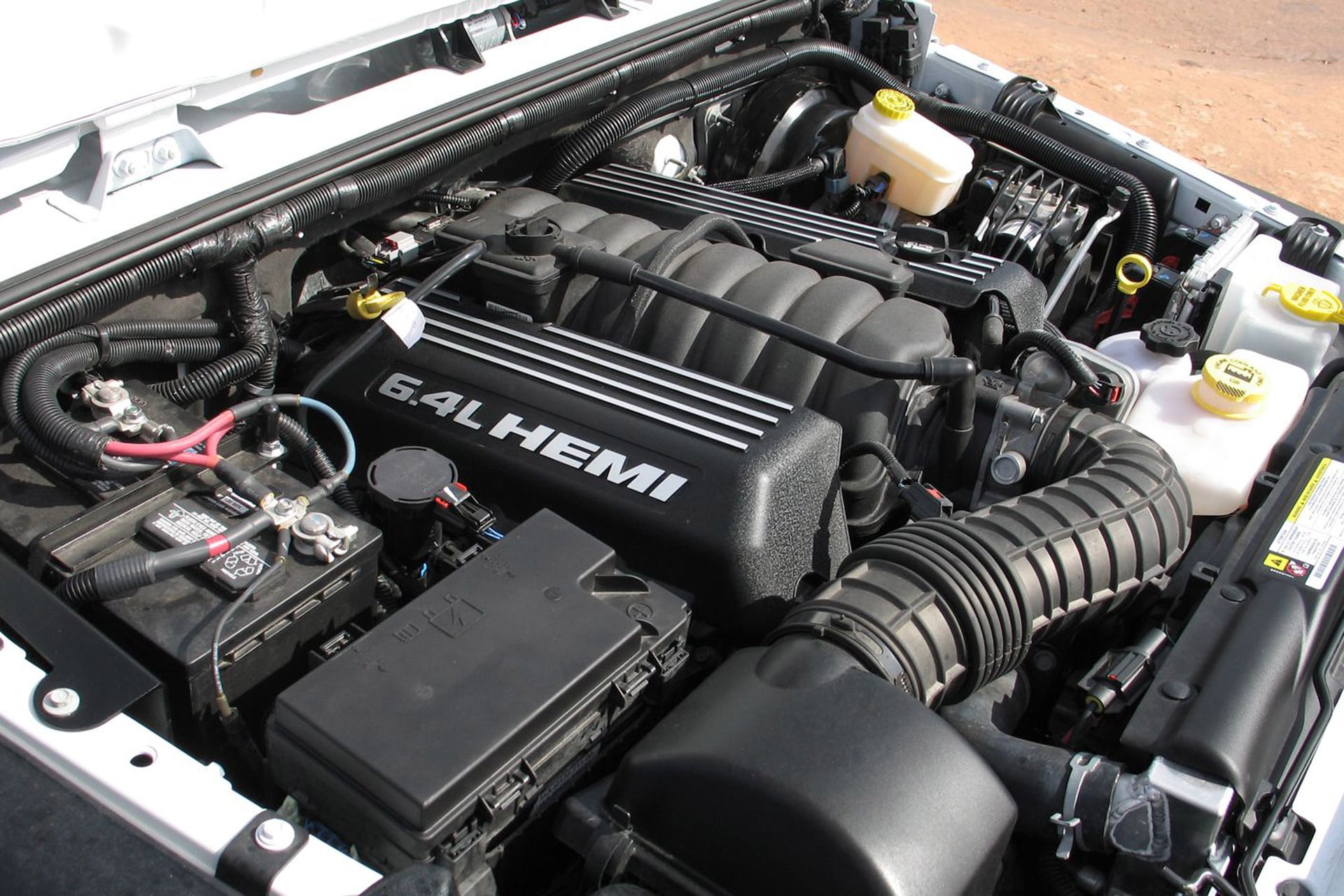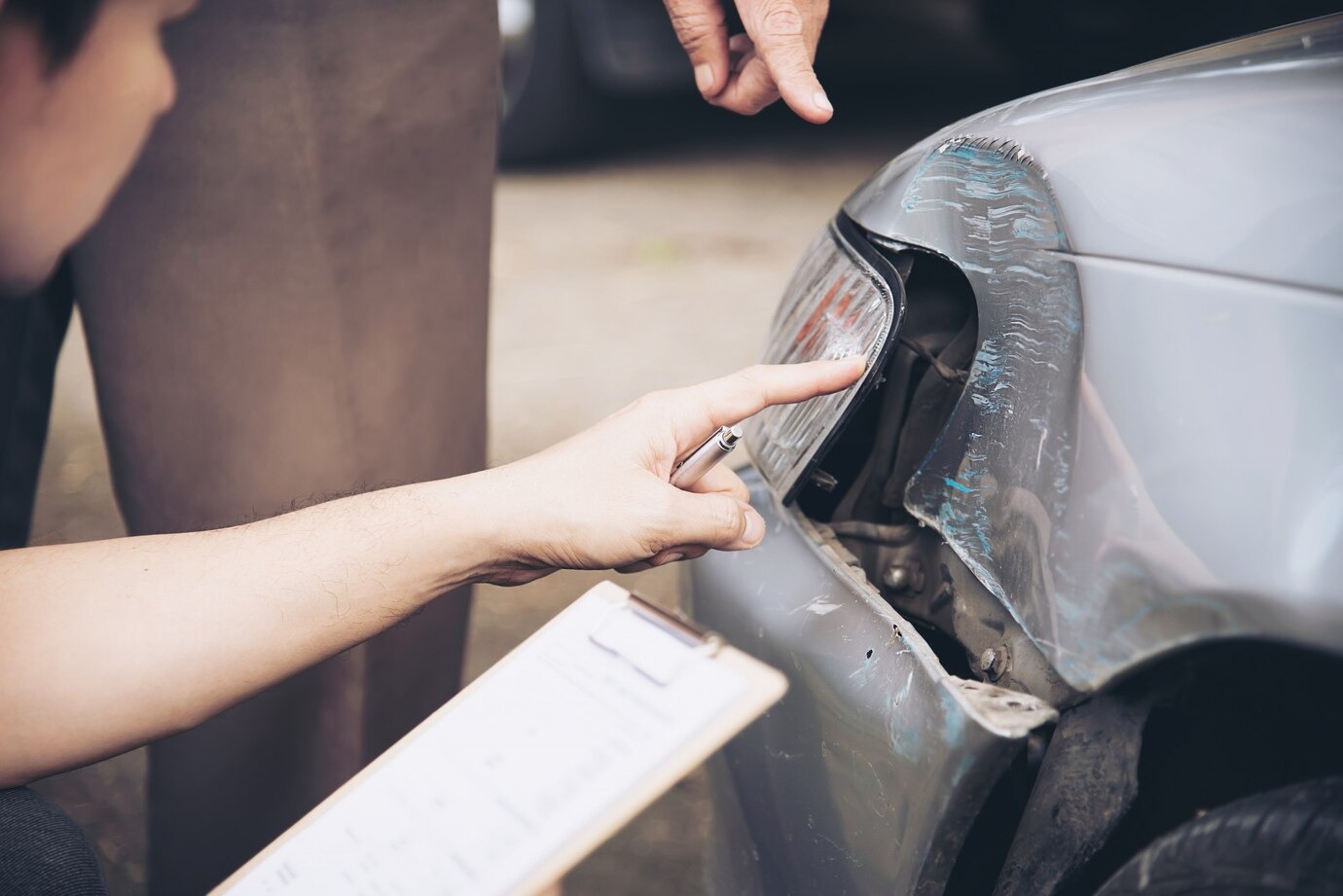Maintaining your car hoses is a key factor in preventing engine damage. The condition of the hoses can determine whether or not your vehicle will be able to withstand potential issues and keep running smoothly. Unfortunately, many people don’t often think about their car hoses until it’s too late – when costly repairs are already needed.
That’s why its important to take proactive steps now to ensure that your car stays healthy and running for years to come. Knowing how and when to check on the condition of your car hoses is essential for you to protect against expensive engine damage down the road.
Regularly Inspect and Replace Hoses

Regularly inspecting and replacing car hoses is a critical part of maintaining your vehicle and preventing engine damage. Faulty, worn, or broken hoses can prevent the coolant from properly circulating the engine, leading to costly repairs or even complete engine failure. While it may be tempting to put off checking your hoses until something goes wrong, taking preventive measures now will save you money in the long run.
You should inspect all of your car’s hoses at least once a year for signs of cracking, bulging, or wear and tear – especially if they are more than five years old. If any issues are found, replace them as soon as possible with high-quality OEM parts designed specifically for your make and model.
Additionally, you should check that each hose’s clamps are secure to ensure maximum performance from your car’s cooling system. Regular inspections may take some time but neglecting them will cost more in repair bills later down the line; so don’t wait until disaster strikes – keep up with regular maintenance on all of your car’s hoses!
Understand the Warning Signs of Damage

Knowing the warning signs of car hose damage is key to preventing engine damage. Keeping an eye out for potential problems can help you identify and fix issues before they become serious. Common indicators that your car hoses may be damaged include cracks, kinks, bulges or soft spots, loose connections, blockages, leaks, or fluid buildup around the hoses.
If you notice any of these signs while inspecting your hoses it’s important to take action right away.
You should never wait until a small issue becomes a bigger problem as this could lead to costly repairs down the line. Instead, check all connections are secure and look for any obvious visible defects such as cracks in the rubber material.
If needed replace any worn parts with new ones that meet manufacturer specifications before further use of the vehicle. The best way to avoid expensive repair costs is by regularly maintaining your car hoses.
This means checking them every few months – even if there are no visible symptoms of damage – and replacing them when necessary according to manufacturer guidelines. Taking preventative measures like this will ensure optimal performance from your engine over time and reduce wear on other components too which can prolong its overall lifespan considerably.
Use Quality Parts and Fluids for Maintenance
Quality parts and fluids are essential for maintaining your car hoses. High-grade oil, coolant, brake fluid, and other lubricants should be used to keep the hoses in optimal condition. Selecting quality components helps reduce wear and tear on the engine, reducing the chances of costly breakdowns due to hose failures.
Regularly scheduled maintenance using genuine manufacturer parts also ensures that all seals are properly seated and functioning as designed. It is important to ensure each component meets or exceeds factory specs when replacing any part or fluid related to an engine’s cooling system.
Using inferior materials can create a domino effect of problems down the road if not caught in time by a trained technician. Maintaining your car’s hoses with high-quality parts helps keep the vehicle running safely while avoiding expensive repair bills associated with poor maintenance practices.
Keep Your Coolant Levels in Check

The proper maintenance of your car’s hoses is key to preventing engine damage. However, one often overlooked aspect that can also cause significant harm to an engine is the coolant level. Keeping your coolant levels in check should be part of a regular maintenance routine; it may sound like a hassle but it will save you time and money down the line.
The radiator must be filled with just the right amount of antifreeze so that it can keep your vehicle running smoothly and efficiently. Too little or too much coolant could spell disaster as either scenario prevents heat from dissipating properly, leading to extensive damage to other parts of the engine over time.
Make sure you top off any lost fluid regularly by checking with a dipstick or refilling when needed – this is especially important during extreme temperatures, such as summertime heat waves!






